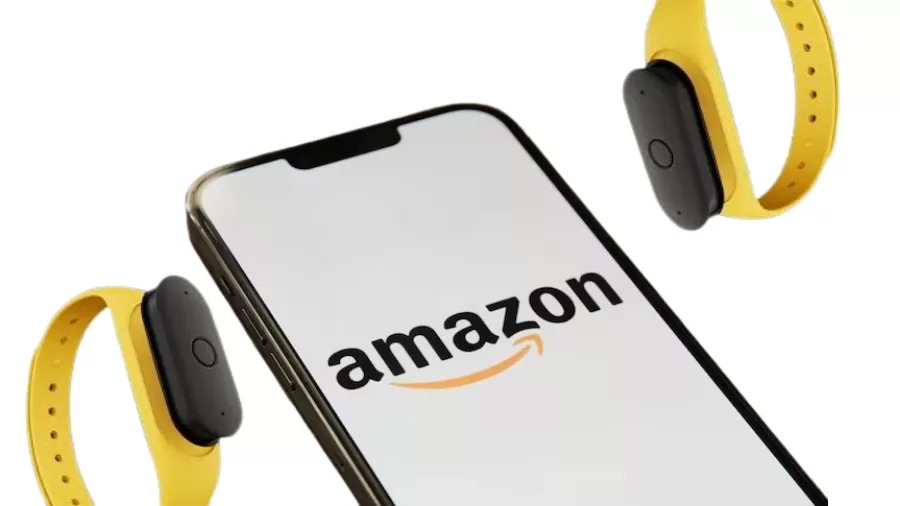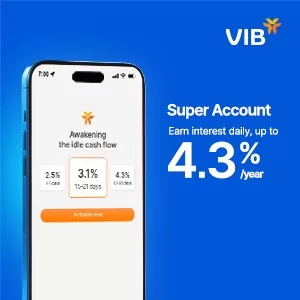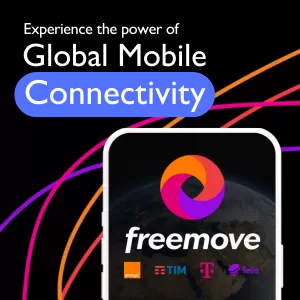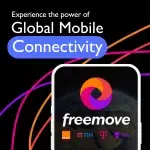Business
Amazon Buys Bee: What a Voice-Recording Wearable Means for the World

- Amazon is acquiring Bee, a voice-first wearable startup that automatically records and transcribes everyday conversations.
- Bee’s Apple Watch app and wearable microphone are designed to capture spoken thoughts without interruption or manual triggers.
Amazon has announced plans to acquire a U.S.-based startup called Bee. The company gained attention for creating a lightweight wearable and an Apple Watch app that listens to users’ speech continuously. The technology does not rely on wake words or user prompts. It simply records spoken words throughout the day and transcribes them, offering a log of thoughts, interactions, and conversations in a searchable archive.
A Strategic Expansion in Voice Technology
This acquisition, which has not yet closed as of July 2025, marks another step in Amazon’s growing investment in voice-based computing. Bee’s team will reportedly join the Alexa division, suggesting the technology could be integrated into Amazon’s voice assistant infrastructure or serve as a standalone product category.
What Makes Bee’s Offering Unique
Bee’s value proposition lies in its simplicity. It turns the act of speaking into a continuous, recorded stream that the user can review. The app provides transcriptions of speech in real-time and organises the data so users can search, retrieve, and reflect on what they said throughout the day. For professionals who process many verbal ideas or those looking to retain more of their day-to-day thoughts, Bee positions itself as a hands-free alternative to notes apps and manual recorders.
Early Use Cases and Market Appeal
Founded in the United States, Bee has remained relatively quiet about its funding and business model. But its product has resonated with early adopters. It gained attention among users who want to document their thoughts on the move without relying on typing or dictation software that requires manual prompts. The device appeals to people in creative industries, legal services, and even therapy settings, where accurate, time-stamped verbal notes are helpful.
Always-On Listening: A New Paradigm
Unlike digital assistants like Siri or Alexa, which typically record snippets of speech following a wake command, Bee’s system is always on. That distinction makes the acquisition particularly notable. It signals a potential shift from reactive, command-based voice interaction to proactive, passive audio logging. This model could expand Amazon’s presence beyond the home and into personal daily routines.
The Dual Format: Wearable and Watch App
What makes Bee technically distinct is its two-pronged offering: a standalone wearable microphone that attaches to the user’s clothing and an Apple Watch app that functions similarly. Both are designed to be lightweight and unobtrusive. According to Bee, the goal is to make voice logging effortless and non-disruptive. Users speak naturally, without modifying their behaviour for the sake of the device.
How the App Works
The app’s user interface lets people search for past thoughts or moments by date, time, or even keyword. That level of retrieval is something traditional voice memos or journals cannot offer without extensive manual organisation. It is essentially a searchable timeline of your spoken day.
Acquisition Details and Industry Context
According to multiple reports, Amazon has not disclosed the price of the acquisition, nor has it announced specific plans for what it will do with Bee’s products or team. The deal remains pending regulatory approval. If the integration does proceed, it could mark the first time Amazon enters the real-time, always-on voice capture space with a mobile-first product.
Growth in the Voice Recognition Market
The voice tech space is growing rapidly. According to Statista, the global voice recognition market is projected to reach over $50 billion by 2029, up from $14.6 billion in 2022. Most of that growth is expected to come from devices that integrate voice with daily routines—wearables, home hubs, vehicles, and mobile apps.
Mobility and Versatility
Bee fits that trajectory. It’s not tied to a room or a fixed location. Its portability means that it can follow users across environments—from morning commutes to client meetings to evening reflections. In that sense, it extends the idea of voice computing beyond the confines of smart homes and into the open world.
Emerging Privacy Considerations
Still, the move invites scrutiny. Privacy remains a major concern for voice-based platforms. Bee’s always-on listening could raise questions about consent, third-party speech capture, and data storage. Users will need clear controls over when the device is recording, what is being stored, and how long data is retained. As of now, Bee says recordings are accessible only to the user and that privacy and transparency are core design principles.
Regulatory Implications in Europe and Beyond
For regulators and privacy advocates in the UK and EU, this model enters a grey area. GDPR frameworks do not yet explicitly define always-on voice logging. Whether Bee’s data is categorised as biometric, behavioural, or textual will determine what legal safeguards apply. Amazon’s handling of these issues will be watched closely, especially given its history with Alexa-related privacy challenges.
Where Bee Might Fit in the Future
Still, Bee’s arrival under the Amazon banner could push the market forward. It shows there is an appetite for tools that blend memory, automation, and speech in a simple, portable package. As consumers look for ways to externalise their thoughts and make sense of their daily mental load, voice-based systems like Bee could fill a gap left by conventional apps.
A Broader Shift in Human-Technology Interaction
It also reflects a shift in how people interact with technology. Touch screens and keyboards are not disappearing, but they are being complemented by more natural interfaces. Speaking is faster than typing. It allows multitasking. And it captures more of the emotional tone that often gets lost in text. Bee’s design leans into those advantages without asking users to change their habits.
Trust and Long-Term Adoption
The challenge now will be to scale that concept without eroding trust. Users are becoming more cautious about what they share, especially when data is stored in the cloud or analysed by AI. Bee’s continued growth will depend not just on what it can do, but how it communicates what it won’t do.
Looking Ahead
For now, Amazon is betting on a future where speech is not just a way to command devices but a fundamental layer of how we record and retrieve memory. Bee’s approach makes that vision feel a little closer.























































